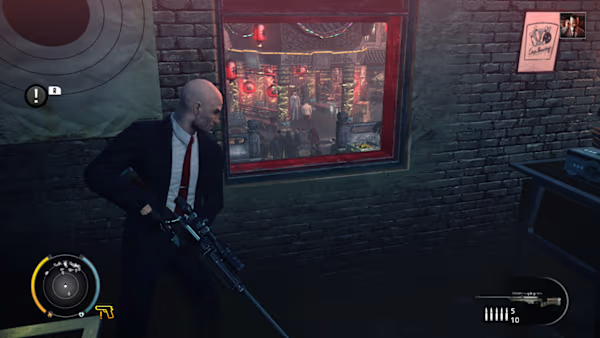Backbeat Review – Review – Nintendo World Report

Marching to the backbeat of their own drum, bass, sax, and keytar.
From the creators of 2019’s Hexagroove, Backbeat is a unique isometric experience with the creation of a band at the heart of its narrative. Watts, the leader of the band, sets out to recruit bandmates that compliment her style and have a genuine enthusiasm for funk music. Each stage plays out like a puzzle, where you need to guide the four band members to a particular area on the map. While it’s definitely satisfying to complete each level, there’s a steep learning curve that can halt your progress and make gameplay more frustrating than fun.
Protagonist Watts begins the story with aspirations of starting her own funk band, but as a bass player, she recognizes the need for other musicians to join her in this endeavor. Bookending each level are dialogue-filled cutscenes between Watts and other characters she encounters, and while these are mostly interesting, the way that dialogue bubbles appear and disappear (including the sound effects) is jarring and makes the conversation hard to follow. Still, there’s a lightness and humor to the writing that shines through.
With over 40 stages to complete, Backbeat’s puzzles represent a major part of the experience, and as simple as the gameplay may appear on the surface, the challenge escalates rather quickly. Once you’ve formed a group of four, the stages themselves become much more complex, with objects that must be activated to allow one or more band members to scoot past an obstacle (often a person standing in the way). It’s not enough to just guide each character towards the objective; the order of their moves and even the direction they’re facing matter. If you don’t pick up the mechanics right away, trial and error isn’t going to be a consistent solution to the puzzles you face.

Even the hints/tutorials on each stage can be fairly inscrutable if you haven’t figured out the basics and mastered the new elements as they’re presented. To be successful, you really have to pay attention to the timeline in the top-left corner of the screen; it feels like an understanding of music on a more granular level would genuinely assist in being able to more readily pick up what Backbeat is putting down. As much as I like the concept of finding the best path and trying to figure out how to get every band member to the objective, there’s a lot of attention to detail required, which eventually replaced my feelings of enjoyment with those of frustration. At the end of the day, I’d certainly welcome a more in-depth hint system or more focused tutorials that do more showing instead of telling.
What remained consistently enjoyable, however, is Backbeat’s presentation. The mid-90s VHS style interstitials and the excellent funk music complement the gameplay wonderfully. Completing each stage actually generates a unique song based on how your characters move towards the end goal, which serves as a fitting reward for solving each puzzle. Instrument sound effects play as the different characters take their moves, and the different settings for every level add to the variety. While you can zoom out the map to see the entire stage at a glance, there’s unfortunately no way to rotate the camera around for a better look.

The puzzles of Backbeat either click with you or don’t, and it’s a mighty challenge to brute force your way through if they don’t. I found the mechanics hard to pick up, and even though the stages have multiple solutions, the patience and juggling required in later stages ended up pushing me to the brink. Other than how the dialogue exchanges work, I do love everything about Backbeat’s presentation, and the story and writing are certainly charming. Ultimately, though, unless you’re musically inclined or have a real knack for movement/resource-based puzzle games, it’s entirely possible you’ll end up wanting to throw Backbeat on the back burner.




